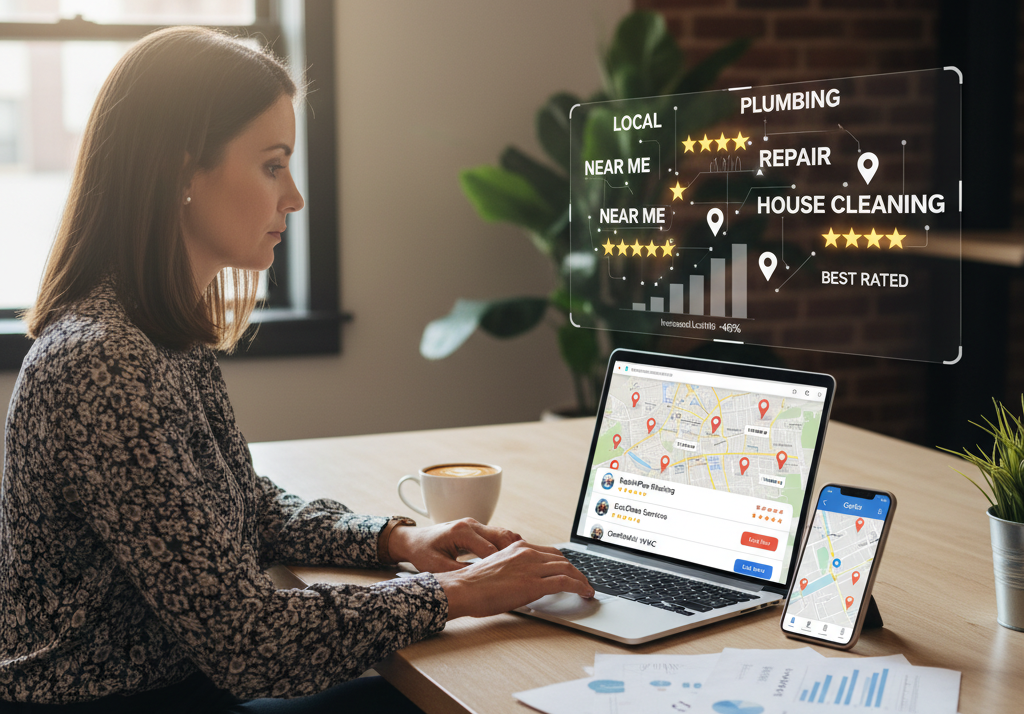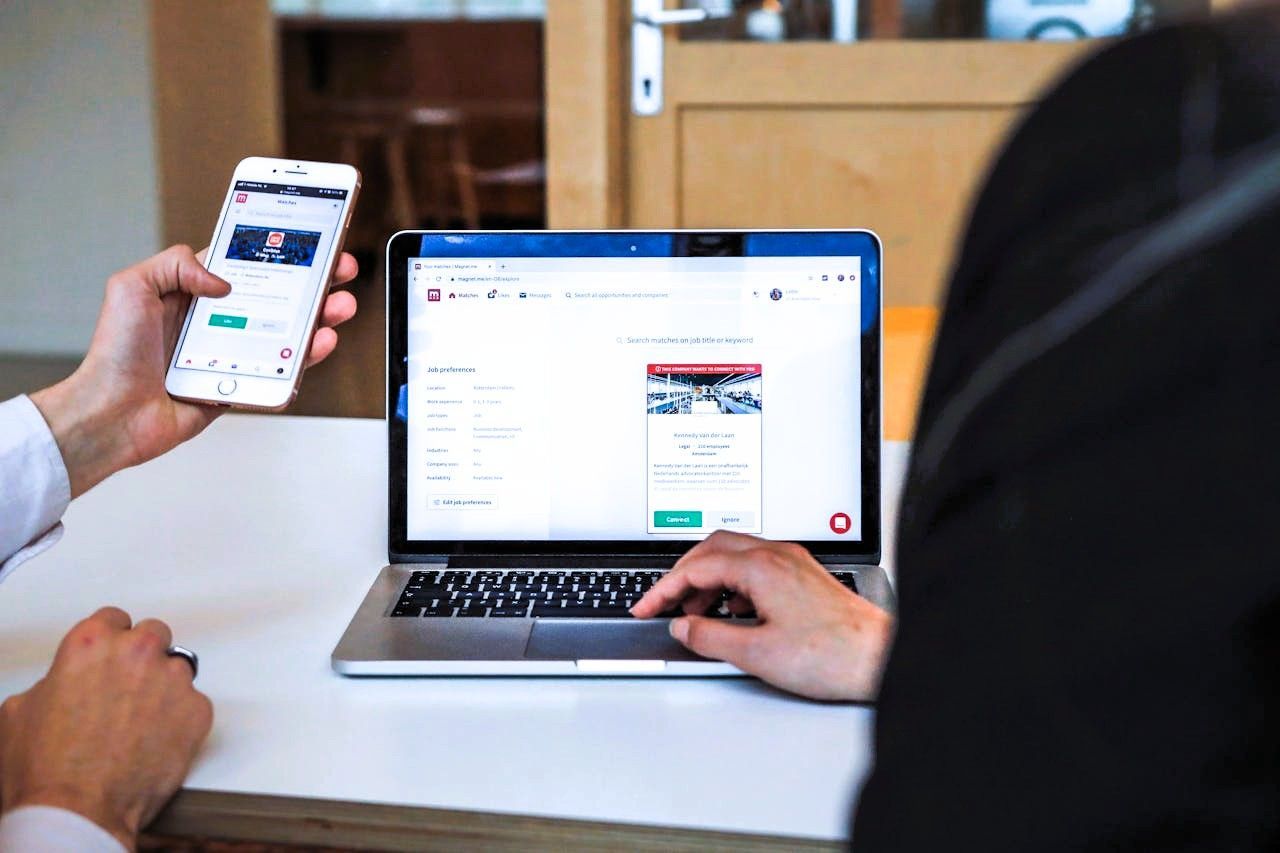10 Proven Tips to Boost Your E-commerce SEO and Get More Sales
Why your e-commerce store needs better SEO

If you run an e-commerce store, you already know the struggle: you’ve got great products, an easy checkout process, and maybe even competitive prices… but your traffic isn’t where it should be.
Here’s the truth—if people can’t find you on Google, it’s like running a shop in the middle of nowhere without a signpost. This is where Search Engine Optimization—better known as SEO—steps into the picture. When done right, it’s the difference between crickets and consistent sales.
The good news? You don’t have to be a tech genius to boost your rankings. Here are 10 practical tips you can start using today to get more eyes—and wallets—on your store.
1. Pick Keywords That Buyers Actually Type
Going after broad keywords like “shoes” is like trying to win a marathon without training—it’s possible, but not realistic. Instead, go after buyer-intent keywords—the ones people type when they’re close to hitting “Add to Cart."
- Leverage platforms such as Google Keyword Planner, SEMrush, or Ahrefs to discover these hidden opportunities.
- Think long-tail phrases:
“best running shoes for flat feet” or
“affordable vegan leather handbags.”
- Step into your customer’s shoes (pun intended). What would you search for before making a purchase?
2. Make Your Product & Category Pages Sell for You
Your product and category pages are your silent sales team. They should inform, persuade, and close the deal without being pushy.
- Write
unique product descriptions that focus on benefits, not just dry specs.
- Sprinkle in keywords naturally—especially in titles, headers, and meta descriptions.
- Keep it human-friendly first, Google-friendly second.
3. Keep Your URLs Short, Clean, and Clear
- A URL like www.example.com/product?id=12345 doesn’t help anyone.
- A better version? www.example.com/mens-running-shoes
- It’s clear, simple, and search engines instantly understand what it’s about. Concise, meaningful URLs boost SEO performance and appear more credible to customers.
4. Never Underestimate Optimized Images
The right product photo can seal the deal — or send a customer clicking away. But if they’re not optimized, they can also slow your site to a crawl.
- Name files descriptively: red-running-shoes.jpg > IMG_00234.jpg
- Add
alt text so search engines (and visually impaired shoppers) know what’s in the image.
- Shrink your images for blazing-fast page loads—because nobody has time for a sluggish site.
5. Get the Fundamentals of Technical SEO Right
Picture technical SEO as the solid groundwork your store is built on. If it’s shaky, nothing else will stand strong.
- Keep navigation simple and intuitive.
- Link related products and categories so shoppers (and Google) explore deeper.
- Ensure your website is
optimized for mobile, since the majority of your customers will be browsing on their phones.
- Upload your sitemap and resolve any crawl issues in Google Search Console.
6. Publish Content People Actually Want (Helpful and Relevant)
Your store is more than a product list—it’s a space to educate, spark inspiration, and provide answers.
- Write blog posts, buying guides, and FAQs.
- Answer real customer concerns in detail.
- Refresh older content so it stays accurate and useful.
7. Link Your Pages Together
By guiding visitors through your store with internal links, you keep them browsing longer—and the longer they explore, the higher their chances of making a purchase.
- If you write
“Top 10 Summer Dresses”, link directly to each product.
- Add “You Might Also Like” suggestions right on product pages.
It’s great for SEO and encourages more purchases.
8. Earn Links from Other Websites
Backlinks are like online word-of-mouth—they tell Google, “This store is worth trusting.”
- Collaborate with niche-specific bloggers or influencers to grow your reach.
- Contribute
engaging articles to niche-relevant websites.
- Create share-worthy content like how-to guides, original research, or industry tips.
9. Track Your Wins (and Weak Spots)
SEO isn’t a “set it and forget it” deal. The key is knowing what’s delivering results—and what’s dragging you down.
- Google Analytics reveals the sources driving your traffic and pinpoints what’s turning visitors into customers.
- Google Search Console reveals which keywords are bringing clicks—and where you’re slipping.
Check in regularly and adjust your strategy.
10. Use Tools That Make SEO Easier
No need to figure it out alone; the way ahead is mapped.
- Premium platforms such as SEMrush, Ahrefs, and Moz Pro deliver comprehensive, in-depth analytics.
- Begin your journey with powerful free resources such as Google Search Console, Google Analytics, and Ubersuggest.
These tools help you spot opportunities and fix issues before they cost you sales.
Final Takeaway
Growing your e-commerce store’s SEO isn’t about chasing quick tricks—it’s about steady, intentional moves that build momentum over time. Every smart keyword you choose, every product image you fine-tune, and every valuable piece of content you share pushes your store closer to higher rankings, more traffic, and more sales.
If you’re ready to stop guessing and start winning online, Digital Trebuchet is here to help. We’ll craft a custom SEO strategy, take care of the technical details, and turn casual visitors into loyal customers. Let’s get your store ranking, visible, and thriving—contact us today!
Ready to work with Digital Trebuchet?
Let's connect! We’re here to help.
Send us a message and we’ll be in touch.
Or give us a call today at 801-747-9569










